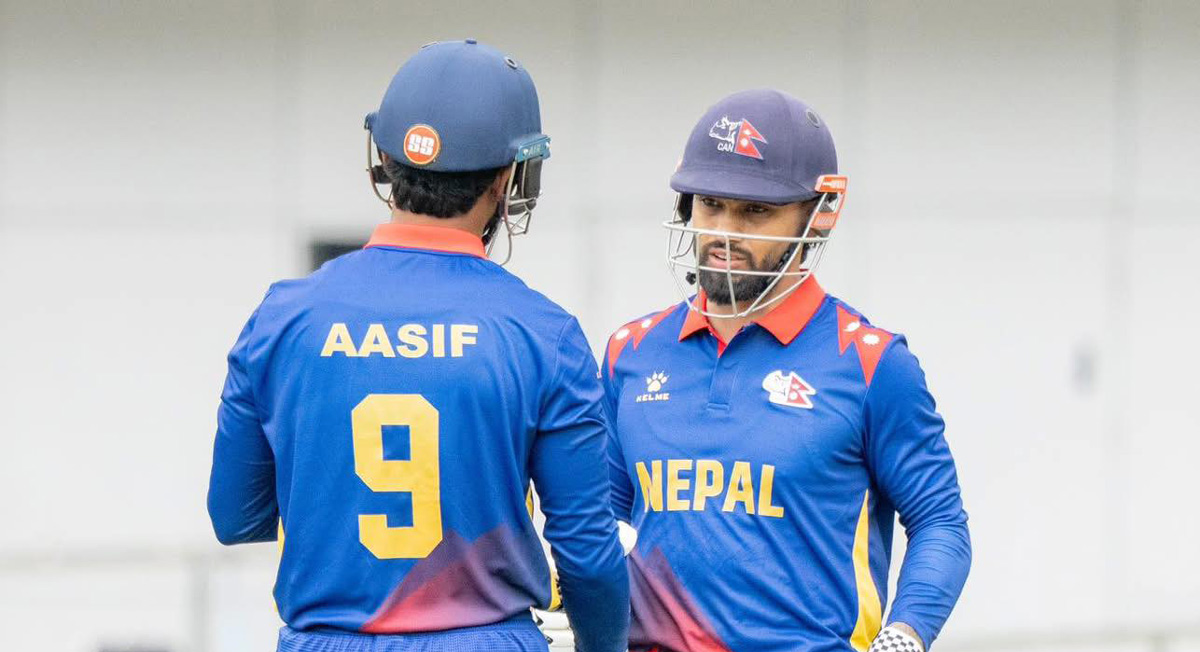While Nepal and North India have some common cultural and religious heritages, there are distinct practices that are unique to Nepal. Swasthani Bratakatha is one among them.
The Sri Swasthani Bratakatha is a sacred scripture, a mini-purana if you will, where Kumara, the eldest son of Lord Shiva and Goddess Parvati, tells the story to the great sage Agastya. Kumara is another name for Skanda the great warrior, after whom there is the Skanda Purana, one of the 18 Puranas, part of the sacred literature of the Sanatan Dharma, of which Hinduism forms a part. The scripture mentions itself as part of Magha glories (Magha Mahima, the glory of the month of Magha) in the Kedarakhanda chapter of the Skanda Purana. Sri Swasthani is the local deity representing Goddess Parvati herself, addressed in the book as Sri Swasthani Mata (Mother Sri Swasthani). Vrata is a sort of religious penance, characterized by abstinence from some or all of the indulgence in food, water, sexual activity, arguments, speech, sleep, and desire. Katha means a story, here depicting the glory of Sri Swasthani. As with the Puranas and the Mahatmyas, the Swasthani devotees maintain bodily cleanliness, take minimal amounts of food considered pious, recite the Sri Swasthani Bratakatha and worship the Goddess Sri Swasthani for a month starting from the full moon called Swasthani Purnima. While one person reads out the story in the family, other people around the reader listen to the glory attentively and offer flowers, fruits, and holy water to Goddess Sri Swasthani. Devotees also flock to the Shali river in Sankhu for performing ablution and other rigorous rituals. A little bit about the nature of the Puranas, Mahatmyas and the Stotras (prayers), which are part of the ancient Sanskrit literature. Each of them sings the glory of the concerned deity, practice or tradition. The Ramayana upholds Lord Rama as the highest personality of the Godhead, Durga Saptashati sings the glory of Goddess Durga the Almighty Mother, and so on. While Brahma the Creator, Vishnu the Protector and Shiva the Destroyer are considered the Trinity, the Hindu scriptures list 10 major incarnations (including the Kalki, who, supposedly, is yet to be born) of God. The concept becomes more complicated with each reincarnation having multiple names. Vishnu alone has one thousand formal names, for example. Then each Bhakt (devotee) can give the Lord one or many names. Foes also give their choicest names to their ‘disliked’ Godhead. While showing a dislike for the Godhead in public, they may have high regards for the Godhead and even worship the latter in secret. This much about those deities, for now. In Nepali households, the recital of Shri Swasthani Vrata Katha by following prescribed rituals is believed to bring good luck, good health and prosperity in the family. Let Goddess Swasthani bless this one big family – the whole of Nepal.











